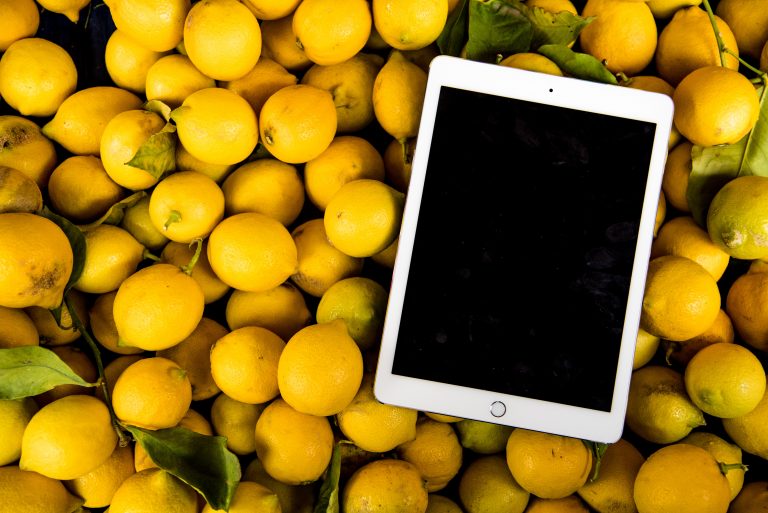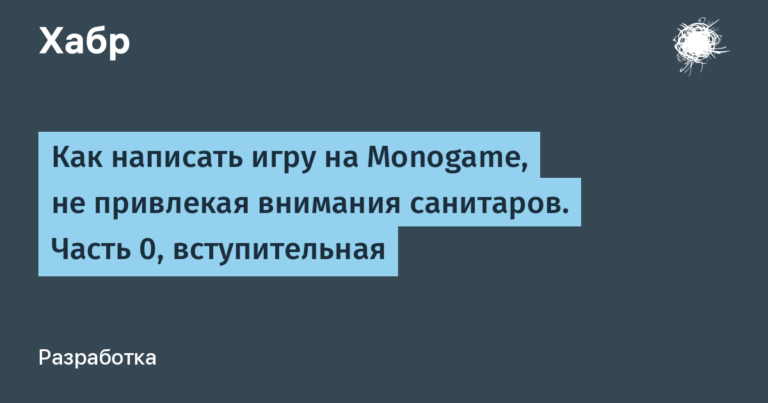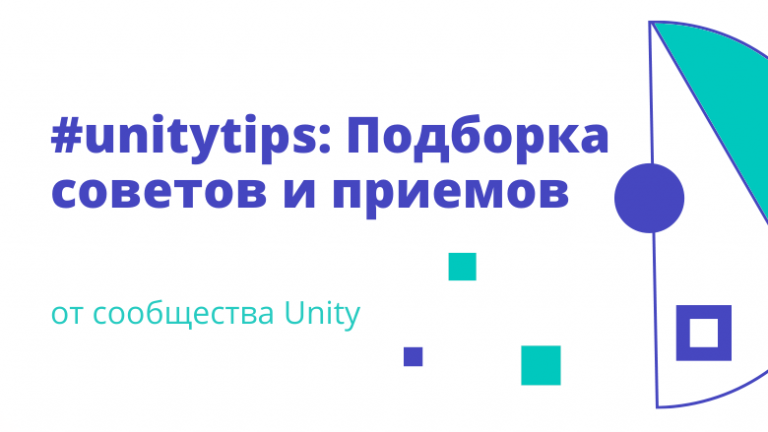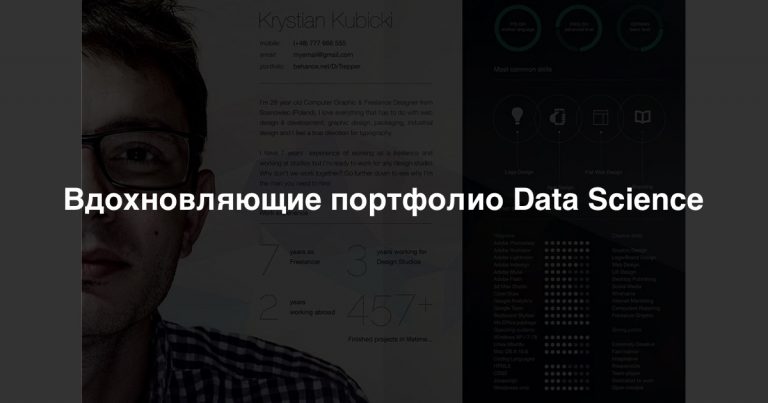Zettelkasten drawing on an endless canvas or how to remember everything in the world
Disclaimer!
The blog is written under time constraints. Please be lenient about errors, typos and other “external” shortcomings of the material. Try to “look at the root” and see the useful essence of what is presented, as well as a sincere desire to help.
Every author, when thinking about an article, faces a problem. On the one hand, I want to convey a cool idea to the reader and thereby bring great benefit, but on the other hand, I’m afraid to give something “heavy”, because the topic may turn out to be overwhelming and therefore useless.
In the first materials I described simple things. Effective training, memory work, rules for taking notes, all this is very useful for each of us, especially at the beginning of the journey. This can also include this small guide.
Today I want to talk about something more complex and advanced. IMPORTANT! If you do not fully understand what forgetting curves, the Cornell note method, and zettelkasten are, then the following text will be of little use to you. If you don’t have the necessary base and experience, then read further at your own peril and don’t blame me later.
The Zettelkasten method of drawing on an endless canvas outlined below (further ZRBC for convenience) I have not encountered before, so I will modestly consider myself one of its first trainees/inventors. Moreover, this is not something completely new, but rather a combination of existing techniques and new capabilities of digital devices.
ZRBC rests on three pillars:
Structuring and storing knowledge in the form of chains of data and ideas – as in the Zettelkasten method
Using the image drawing method to memorize and capture ideas plus independent formulations from the Cornell method
Using an infinite canvas to draw with depth as a medium
Before diving into the details of my system, I’ll say a few words about its effectiveness. With this practice I I remember literally all useful ideas and I can quote them almost verbatim. Even those that I studied months ago. I am still surprised by how holistic the picture of what I read is and how firmly it is retained in memory, I repeat, even months later.
Besides this, it changes completely depth of reading comprehension material. If previously only superficial ideas and opinions from books remained with me, now I understand the material much deeper and more holistically than ever before. It is difficult to express in words the experience that you get from thoughtfully studying interesting material and fixing it in memory using this method. This is an amazing experience and the real power of knowledge, about which the wise said “knowledge is power.” This is what you will ultimately get if you take the trouble to try this practice.
Well, now, if you don’t understand anything, but it’s very interesting, let’s figure it out.
The first word is “Zettelkasten” or “Z”
This is not a full article on the zettelkasten, but rather a short essay, so don't expect to get all the information about this amazing system here.
Zettelkasten is a system of storing knowledge in the form of cards, which was invented by German sociologist Niklas Luhmann in the last century. He was incredibly productive in his research work and published dozens of scientific papers and several books every year!

The highlight of his effective work was the filing cabinet, which he called his “second brain.” And the main difference of this system was that each grain or unit of new information that fell into the card was necessarily associated with another through a special code or link.
Unlike a regular notebook with notes and drawings, which are linear and have little connection with each other, knowledge in a zettelkasten is arranged in chains and large structures. And it's unique.

By collecting knowledge in this way, he did not bury past information under a layer of new information, he formed a general and visible picture, and in return it revealed to him what others did not see. He saw the interconnections of ideas from different sources that were inaccessible to others, he saw confirmation of some ideas in the books of others.
In general, the formation of such a structural base raises you to a new level of understanding of the subject you are studying and the knowledge you are trying to learn and remember. All you have to do is read books and collect your zettelkasten, which over time will turn into a large tree with a gigantic number of notes. Luhmann himself had more than 90 thousand of them.
Today there is no need to maintain a paper file cabinet. Getting to know this system can be done using a computer and various applications like Obsidian (I personally use it). Here is an example of my Zettelkasten, which I have been leading for 3 years.
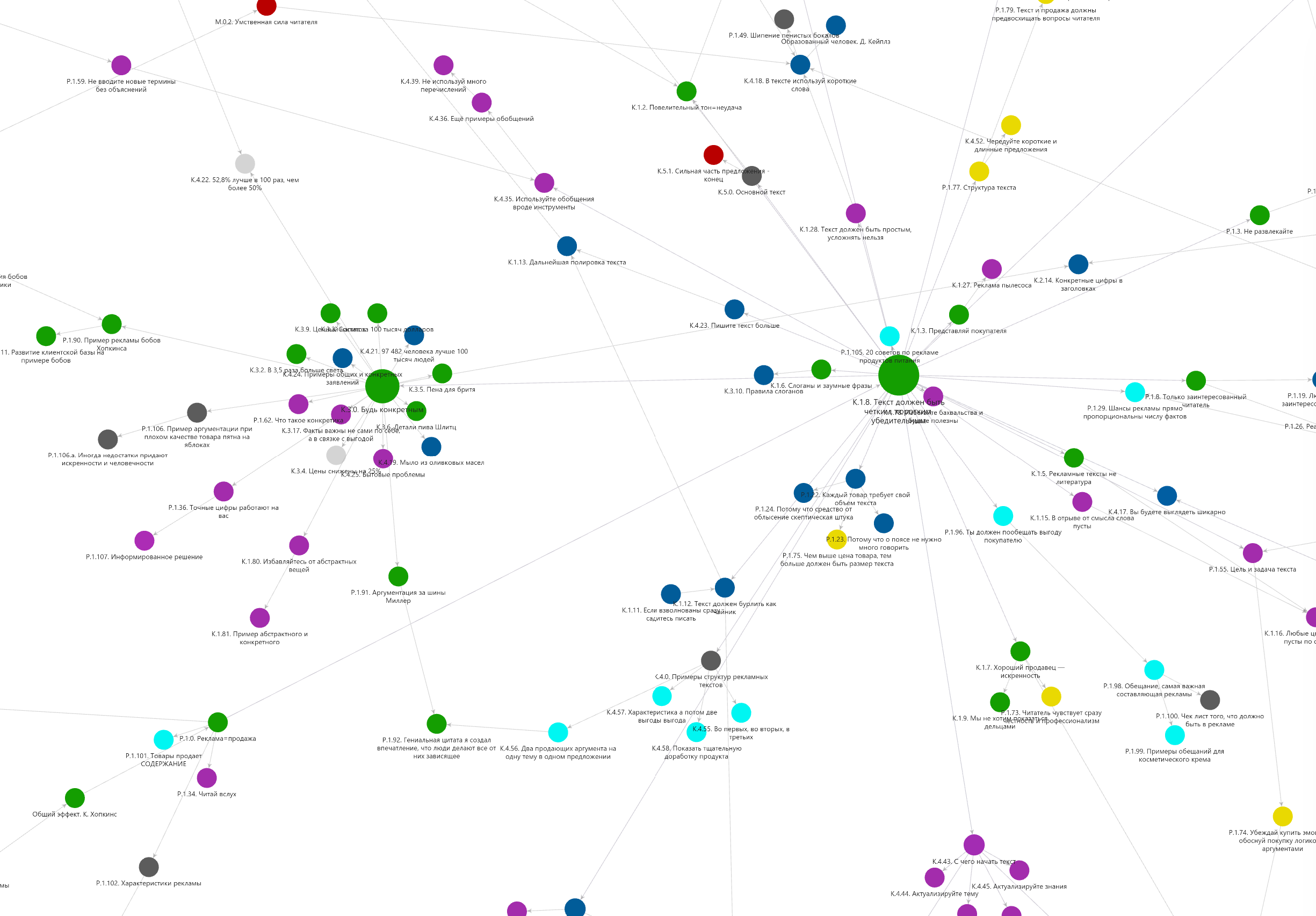
However, the Zettelkasten has a drawback – you practically do not become smarter. Your assistant in the form of a program becomes smarter instead of you and with its help you can actually create articles and books, do research, which is also very useful. But it is the computer or file cabinet that will have the knowledge, and you will continue to regularly forget everything and progress slowly. That's why I decided I wanted more and wanted to remember the notes and the connections between them myself.
So we take the following principles from Zetelkasten:
Connectedness – we try to group and connect any ideas with others, forming and emphasizing their interconnection – this will give you a deeper understanding of any topic
Structurality — we try to create trees of ideas, knowledge structures, diagrams and everything that will help us in visualization, memorization, and understanding.
I understand that it still sounds unclear, but let’s continue. This was the first part.
The second word is Drawing or “R”
Drawing ideas and adding your own sketches to notes is just as much stronger than regular notes using the Cornell method, just as the latter is stronger than simply copying materials without thinking. You can read about it here
A very simple experiment helps prove the superiority of drawing. What will be written next you will read once without re-reading. This way you can feel all the memorable power of drawing.
So, try to remember the following sequence of numbers: 7452394. I am sure that after reading them you will be able to hold them in your head for several minutes.
Now I will ask you to draw on a piece of paper three simple drawings: “a saw with eyes”, “a diamond in a crown” and a spiral with a hook. Draw them where convenient – on a piece of paper, in notes and continue reading the article.
So, visual images that you choose or come up with for a specific topic or idea you read, much stronger than anything else in the world promote memorization.
Since my profession is directly related to information, I will give an example from my practice of reading professional literature. I once read a book on writing techniques that had the following idea: “Specific words create much more vivid images in the reader’s mind than more general words. For example, instead of the faded phrase “squadron of ten ships,” it is much stronger to write “squadron of ten sails.”
The image of bright white sailboats at sea immediately appears in your mind. I remember when I wrote down this phrase, I immediately drew in the margin a rather ugly, but memorable viking rookwhich I remembered for the rest of my life.
By the way, what were the numbers? Can you remember without peeking?
Now try to remember the pictures. I can bet with any reader that if a week later you are asked what pictures you drew in that article about “Zettelkasten drawing on an endless canvas,” then you will easily be able to remember them and even draw them again. Such is the power of images in remembering!
Moreover, you didn’t spend many times more time creating and memorizing them, you didn’t spend hours studying the material, you didn’t drill it into yourself through repeated repetitions. You invented them, and as their creator you will always remember them. This is the privilege of a creator – it is difficult for him to forget his creations.
So, the second part of this complex but super effective training methodology is to:
a) read the material,
b) make notes on it using the Cornell method, i.e. write it by hand and in your own words (i.e. think about it and put it in your head in your own format)
c) supplement ideas not only with a note, but also with a unique drawing that you yourself imagine. A meaningful, fun and unusual design that You have to figure it out yourself.
Let me give you a simple example. I’m reading a book on philosophy and I come across this idea – all things in the world seem to consist of two parts, material and philosophical. For example, a house is, from a material point of view, a set of stones and boards, but from a philosophical point of view, it is a place for protection from the weather and recreation. There are two parts in total – the material side and the essence of each thing.
Considering this idea interesting and curious, I made the following note and drawing.
Or another example from the book Atomic Habits. I read the idea that even very small, small changes in habits and lifestyle can lead to incredible results. Especially in the long term. Imagine an airliner flying across the Atlantic. Changing its course by just 1 degree in the long term can lead to a huge change in the final destination of the journey. Yes, at this very second such a change is not felt and does not affect anything, but if it continues, it can change everything.
And this time I found this idea interesting and made the following note.
I came up with these drawings myself. They are unique and I will remember them all my life. I may forget the book, I may forget the source of the information or the order of the words in the description of this idea, but I can no longer forget my unique and inimitable drawing that I made for this idea. And a related idea too!
And you can’t, because that’s how our memory works. Images and pictures we created remain in memory forever. This technique of memorizing and recording information has been known since ancient times and is used in a variety of areas where it is necessary to remember a large amount of information. On this topic, you can read the book “Einstein Walks on the Moon” or find a TED video about the power of drawing.
So, the second part of the methodology is the correct and super-effective fixation of ideas in your memory forever by drawing and writing ideas in your own words.
Here I urge you not to take my word for it, but try to take notes in this way on any subject that interests you. You read a book on sales – come up with a drawing and write a note, listen to a business podcast and come across a cool idea – come up with a drawing and write a note.
More examples of my notes and ideas for them:
So, create a treasure trove of memory with the help of fictitious images and try to form a coherent structure of your knowledge. Only then will the knowledge to obey and serve you.
Endless canvas or “BC”
This is how we became acquainted with the content of this technique. This is her soul. And its body is programs that have such a function as an endless canvas. All the management mentioned above needs to be kept somewhere and ordinary notes or files are not suitable here.
You need an infinite canvas and an infinite library of notes in which you can create masterpieces of interconnected ideas and creativity.
I will not dwell on this topic in detail here, may the thoughtful reader forgive me. Let me just note that the endless canvas makes it possible not only horizontal movement of the sheet, but also three-dimensional. Those. You can zoom out three times and develop your notes in depth. Or you can go up and make generalizations. Like this:
What were the numbers? What did we draw?
You can support the author with a donation Here
A short guide to effective learning for beginners
Upvote if you liked the material. This motivates me to write further. If you have read something similar somewhere, similar material or even better, please send the link in the comments.
***
The material was prepared based on the guide to effective training “From Security Guard to Einstein.”
